Electrical Equipments in UAE
(14 products available)Electrical Equipments form the backbone of modern infrastructure, enabling the smooth functioning of industries, businesses, and homes. From large transformers and switchgear to small fuses and switches, a wide range of electrical equiments and supplies provides critical control, protection, and connection solutions. As electricity demand rises globally, the electric fittings & components market sees strong growth fueled by factors like rapid urbanization, growing population, and investments in transmission infrastructure upgrades.
Electrical Equipments form the backbone of modern infrastructure, enabling the smooth functioning of industries, businesses, and homes. From large transformers and switchgear to small fuses and switches, a wide range of electrical equiments and supplies provides critical control, protection, and connection solutions. As electricity demand rises globally, the electric fittings & components market sees strong growth fueled by factors like rapid urbanization, growing population, and investments in transmission infrastructure upgrades.
Electrical Equipments form the backbone of modern infrastructure, enabling the smooth functioning of industries, businesses, and homes. From large transformers and switchgear to small fuses and switches, a wide range of electrical equiments and supplies provides critical control, protection, and connection solutions. As electricity demand rises globally, the electric fittings & components market sees strong growth fueled by factors like rapid urbanization, growing population, and investments in transmission infrastructure upgrades.
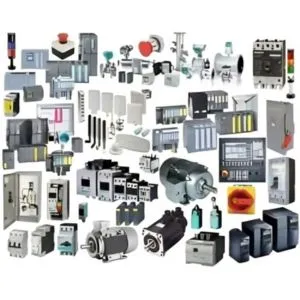
- Product Type : High-quality Siemens Electrical Products
- Usage/Application : Industrial,Commericial,Residential
View more...
Other Categories
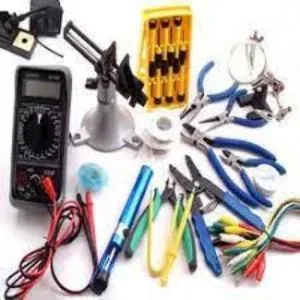
- Material : Stainless Steel And Copper
- Earth Connectors : 16-35MM2 To 16-35Mm2
View more...
Arietis Industries LLC
Other Categories

- Type of Products Available : All Types of Electrical Products Including Accessories and Cables
- Quality Standard : ISO Certified
View more...
Other Categories
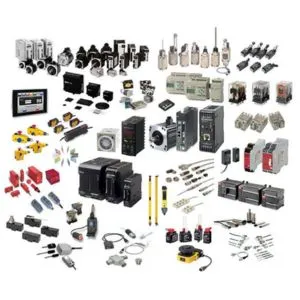
- Product Type : All Types of Electrical Equipment
- Usage/Application : Industrial,Commericial,Residential
View more...
Other Categories
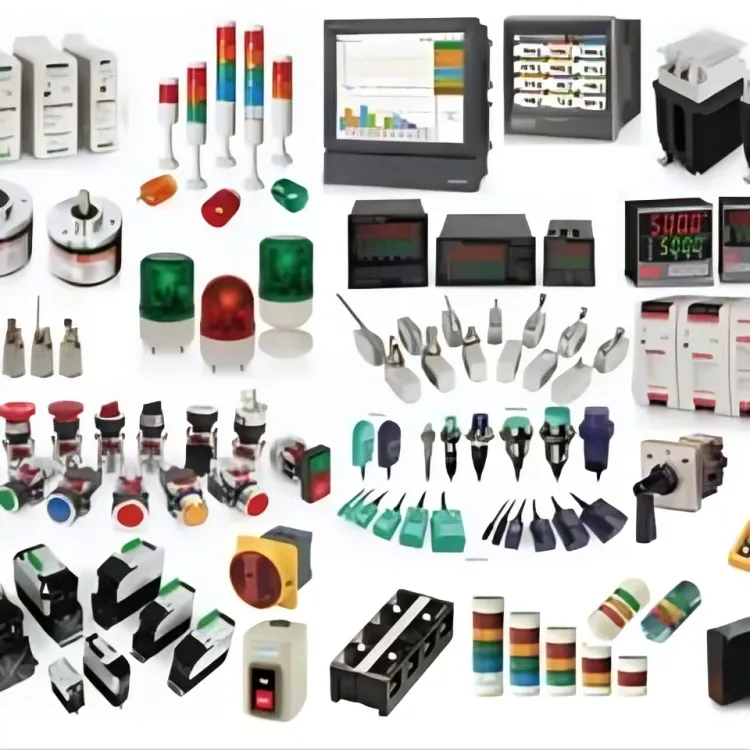
- Product Range : All types of Electrical Items
- Usage/Application : Industrial Automation, Control Systems, Building Management
View more...
Other Categories
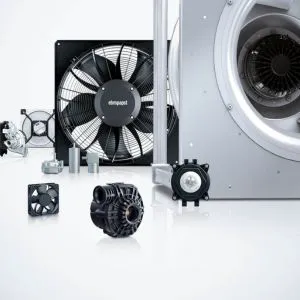
- Product Type : All Types of Electrical Items
- Material Quality : Premium Materials
View more...
Other Categories
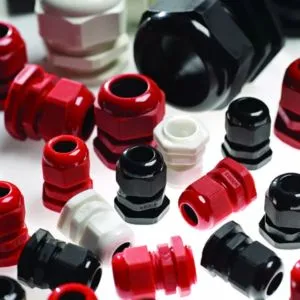
- IP Rating : IP65
- Head Shape : Round
View more...
Other Categories
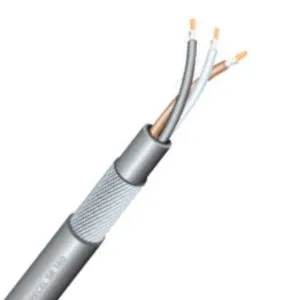
- Operating Temperature : -40°C to +90°C
- Minimum Bending Radius : 12 Times The Outer Diameter
View more...
Other Categories

- Material : Mild Steel
- Automation Grade : Manual
View more...
Abeco

- Usage/Application : Cable Compression
- Overall Length : 7 Inch
View more...
Other Categories
An easy way to post your sourcing requests and get quotes.
- One request, multiple quotes
- Verified suppliers matching
- Quotes comparison and sample request
Types Of Electrical Equipments
Low Voltage Electrical Equipment
• Switchgear: Controls electrical circuits, protects against overloads.
• Circuit Breakers: Interrupts current during faults, preventing damage.
• Distribution Boards: Routes power to various circuits safely.
• Wiring Accessories: Outlets, switches, and sockets for electrical connections.
High Voltage Electrical Equipment
• Transformers: Alters voltage for transmission and distribution.
• High Voltage Switchgear: Controls and isolates high-voltage circuits.
• Capacitors: Stores electrical energy for power factor correction.
• Surge Arresters: Protects equipment from voltage spikes during electrical surges.
Commercial Electrical Equipment
• Lighting Fixtures: Illuminates commercial spaces efficiently.
• HVAC Systems: Controls heating, ventilation, and air conditioning.
• Security Systems: Ensures safety through alarms and surveillance.
• Fire Alarm Systems: Detects and alerts in case of fire emergencies.
Industrial electrical equipment
• Motors and Drives: Powers machinery for industrial processes.
• PLCs (Programmable Logic Controllers): Controls automation in manufacturing.
• Industrial Control Panels: Manages and monitors complex industrial systems.
• Power Distribution Units (PDUs): Distributes power to multiple devices in industrial setups.
Safety Measures in Dealing with Electrical equipments
Importance of Safety in Dealing with Electrical Equipment:
• Prevention of Accidents: Safety is paramount when working with electrical equipment to prevent accidents such as electrical shocks, fires, and injuries.
• Protection of Personnel: Ensures the well-being of individuals handling equipment, safeguarding them from potential harm.
• Equipment Longevity: Adhering to safety measures extends the lifespan of electrical equipment by preventing damage caused by mishandling.
• Compliance with Regulations: Following safety protocols ensures compliance with industry standards and legal regulations, avoiding penalties and liabilities.
Protective Gear for Handling Electrical equipments:
• Insulated Gloves: Rubber or dielectric gloves provide a barrier against electric shock.
• Safety Goggles: Protects the eyes from sparks, debris, and potential electrical flashes.
• Insulated Tools: Tools with insulated handles minimize the risk of electrical conduction.
• Electrical Mats: Non-conductive mats create a safe work surface, preventing electrical contact with the ground.
• Protective Clothing: Wear appropriate clothing made from non-conductive materials to reduce the risk of electrical contact.
Common Safety Protocols:
• Power Off: Always turn off the power supply before working on electrical equipment to avoid electric shock.
• Lockout/Tagout: Use lockout/tagout procedures to isolate equipment from its energy source, preventing accidental activation.
• Testing for Live Wires: Before handling any equipment, use voltage testers to ensure wires are de-energized.
• Proper Training: Ensure personnel are adequately trained in electrical safety practices and are aware of potential hazards.
• Regular Inspections: Periodically inspect equipment for signs of wear, damage, or malfunction. Replace or repair as needed.
Find Top Electric Equipment Suppliers & Manufacturers in UAE
TradersFind is your go-to destination for electrical equipments in UAE. With a vast array of products and verified suppliers, we strive to make your sourcing experience seamless and reliable. Our commitment to providing detailed product information, along with verified electrical equipments companies in UAE, ensures that you can make informed decisions with confidence. Whether you're a seasoned professional or new to the industry, TradersFind is dedicated to simplifying your search for the best electrical equipments.
Copyright © 2024 Interconnect Marketing Management L.L.C All rights reserved.














